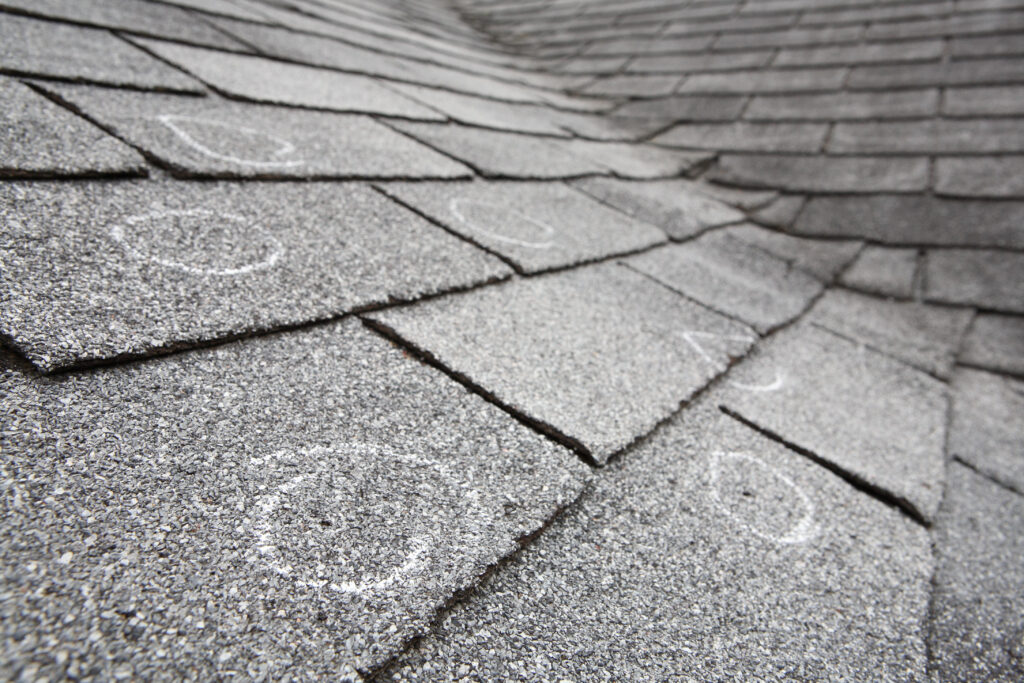Hail Claims: Why Both Weather Damage Analytics and AI-Powered Property Characteristics Are Required to Fast-Track Likely Claims

With an average of up to $14 billion a year in annual hail-related losses and the increasing intensity of hailstorms due to climate change, insurance carriers have started to view hail as a genuine threat to profitability. Higher, more clustered spikes in claim volume (averaging roughly 500,000 in number each year) and declining skilled adjuster levels have left consumers who want faster responses and fairer results at the mercy of inconsistent and subjective claims decisions.
The problem is not going away soon, either. Booming new home construction in the Midwest is increasing carriers’ exposure in these hail-prone areas, where the top 11 states with the highest levels of hail claims are located. These homes are also larger and have more complex roofs, which are correlated with more costly claims and higher loss ratios. To expand the problem, aggressive sales tactics deployed by local contractors have increased claim volumes following a storm.
There are two key technologies at carriers’ disposal to help understand the growing risk presented by hail: AI-powered property characteristics and weather damage analytics. For this specific task, both have their strengths and shortcomings, but, as we’ll discuss later in this post, the combination of the two allows carriers to make faster and more efficient claims decisions. AI-powered property characteristics that use computer vision have a number of advantages in terms of hail claims. It can detect a roof’s material type like tile or shingle and how a roof has aged through change detection and the identification of underlying deterioration characteristics like rusting, streaking, and discoloration. However, for the purposes of identifying hail hits, the resolution of available imagery used is not yet up to the task of discerning this type of acute damage. Imagery may also not be available quickly enough to provide actionable insights for incoming customer claims because aerial imagery is not collected unless there is a big enough weather event like an accompanying tornado.

On the flip side, weather damage analytics provides the probability that a roof is damaged following a hailstorm with information that is updated daily—more current than that collected by aerial imagery. However, this type of analytics does not have insights into roof condition or material.
While both AI-powered property characteristics and weather damage analytics provide remote detection available at scale, it is not difficult to see the benefits of them working in tandem. Co-created with Canopy Weather, CAPE Analytics’ new Hail Roof Damage Rating does just that. By combining CAPE’s pre-storm property vulnerability data and Canopy’s post-storm forensic damage data, this new 5-point score indicates the likelihood of a roof sustaining hail damage after a storm.
Armed with these insights, carriers, after first notice of loss (FNOL), can differentiate between legitimate claims that they should accept and those that are less certain. These legitimate claims can be fast-tracked and paid immediately, without the need to assign an adjuster. This helps carriers reduce their loss adjustment expense, improve policyholder satisfaction with quick payouts, and reclaim the initiative from aggressive contractors.
Click here to learn more about Hail Roof Damage Rating, and stay tuned for our upcoming e-book, How to Automate Hail Claims Processing with 96% Accuracy, which will dive into more detail about its underlying machine-learning model and how it can be used to triage claims in your workflow.

